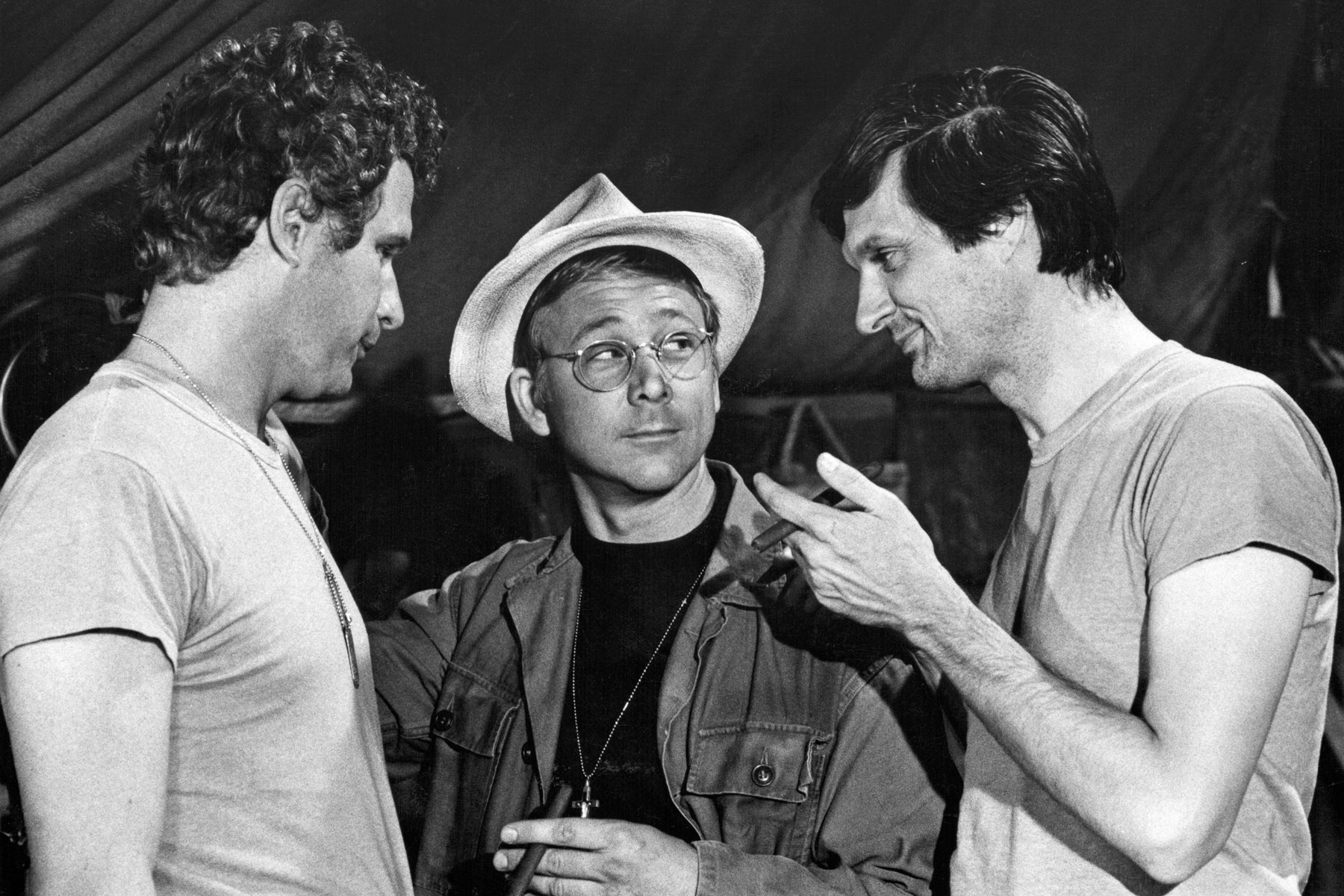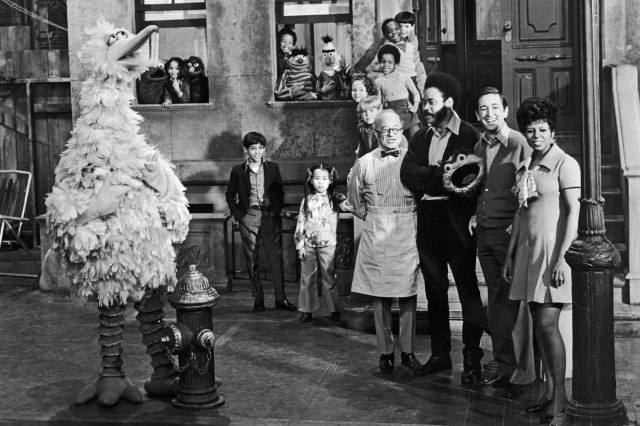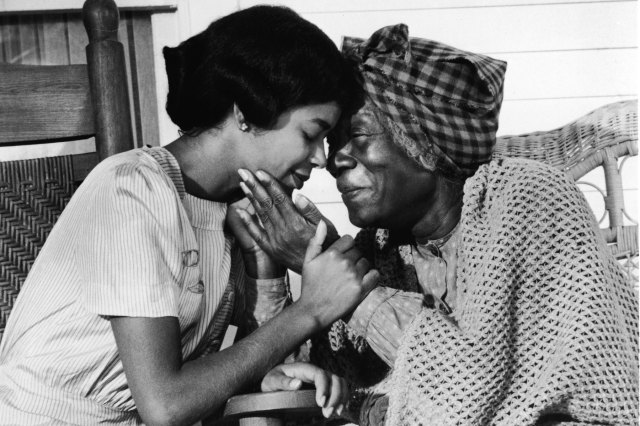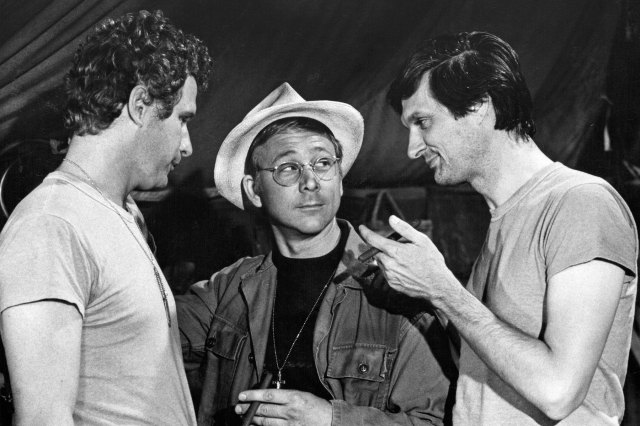How the 1970s Changed Television
The first commercial televisions were released to the American public in 1938, and if TV was in its infancy in the ’40s, growing up through the 1950s and ’60s, the ’70s were kind of like an adolescence: The medium got a little edgier, experimenting with new approaches and pushing social boundaries. The decade marked a turning point for the small screen, ushering in the modern era of TV we know today. Here are five ways the 1970s changed television.
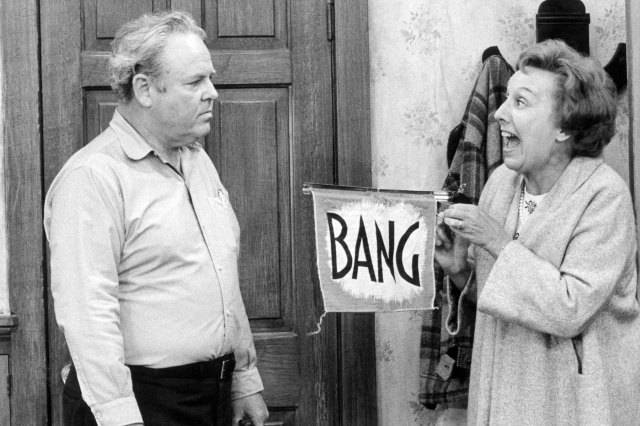
Prime Time Got Real
Compared to the wholesome, idyllic worlds created in 1960s TV shows such as The Andy Griffith Show, The Dick Van Dyke Show, and Leave It to Beaver, the shows of the ’70s were shocking in their realism, thanks in large part to writer and producer Norman Lear. He created a string of hit series such as All in the Family, Good Times, and Maude that were groundbreaking in their depictions of racial tensions, marital problems, and class struggles — all while being some of the funniest shows of all time. All in the Family starred a politically incorrect Archie Bunker espousing opinions and using language that had not been heard on “polite” TV before. The series was the top-rated show in the U.S. from 1971 to ’76, a record run at the time.





